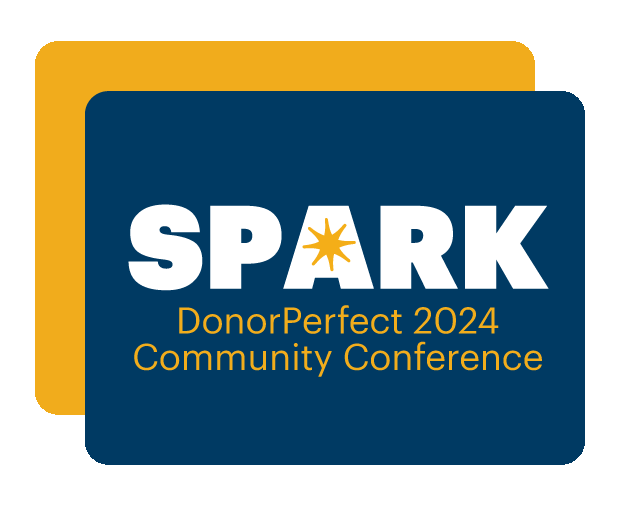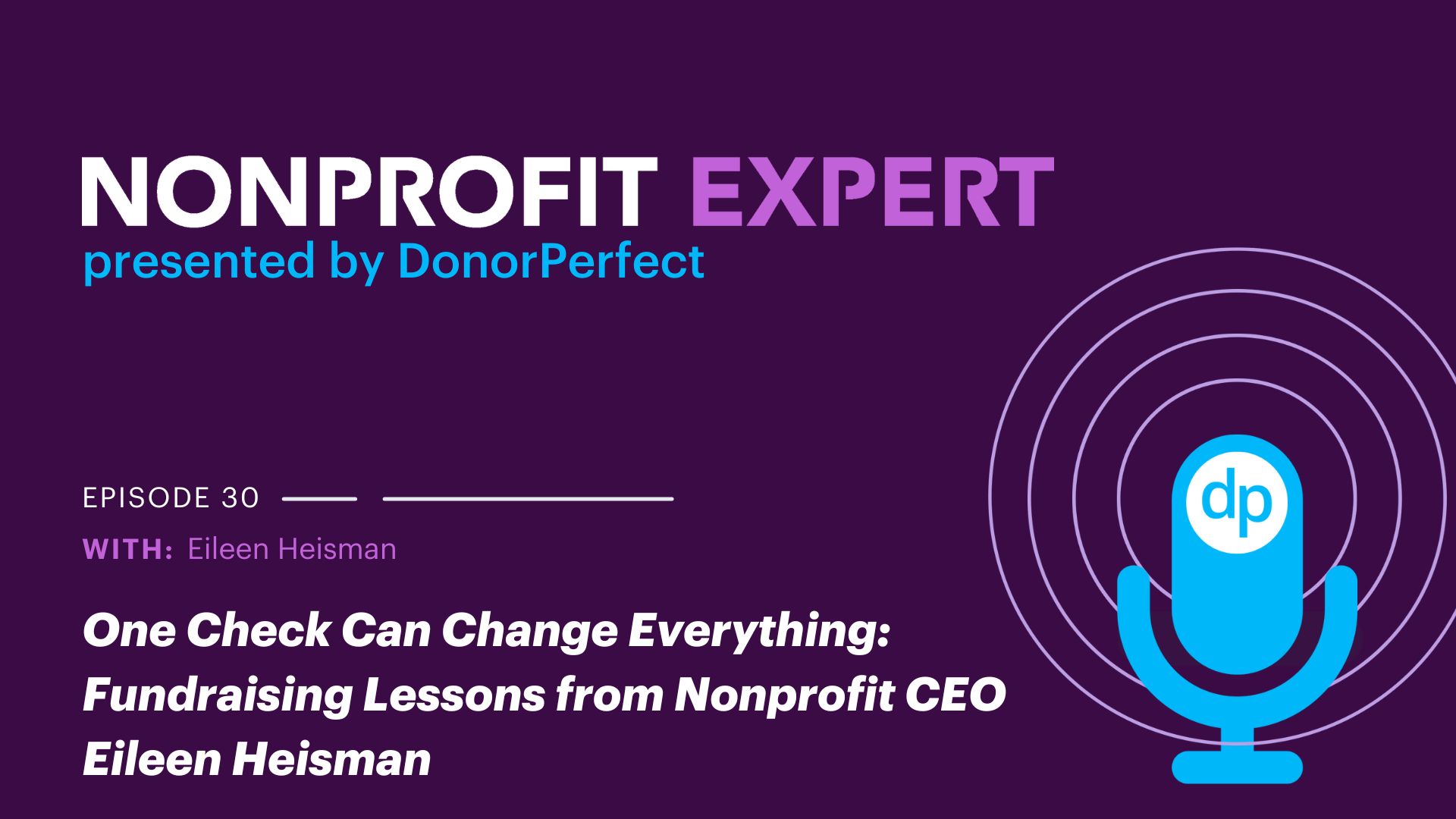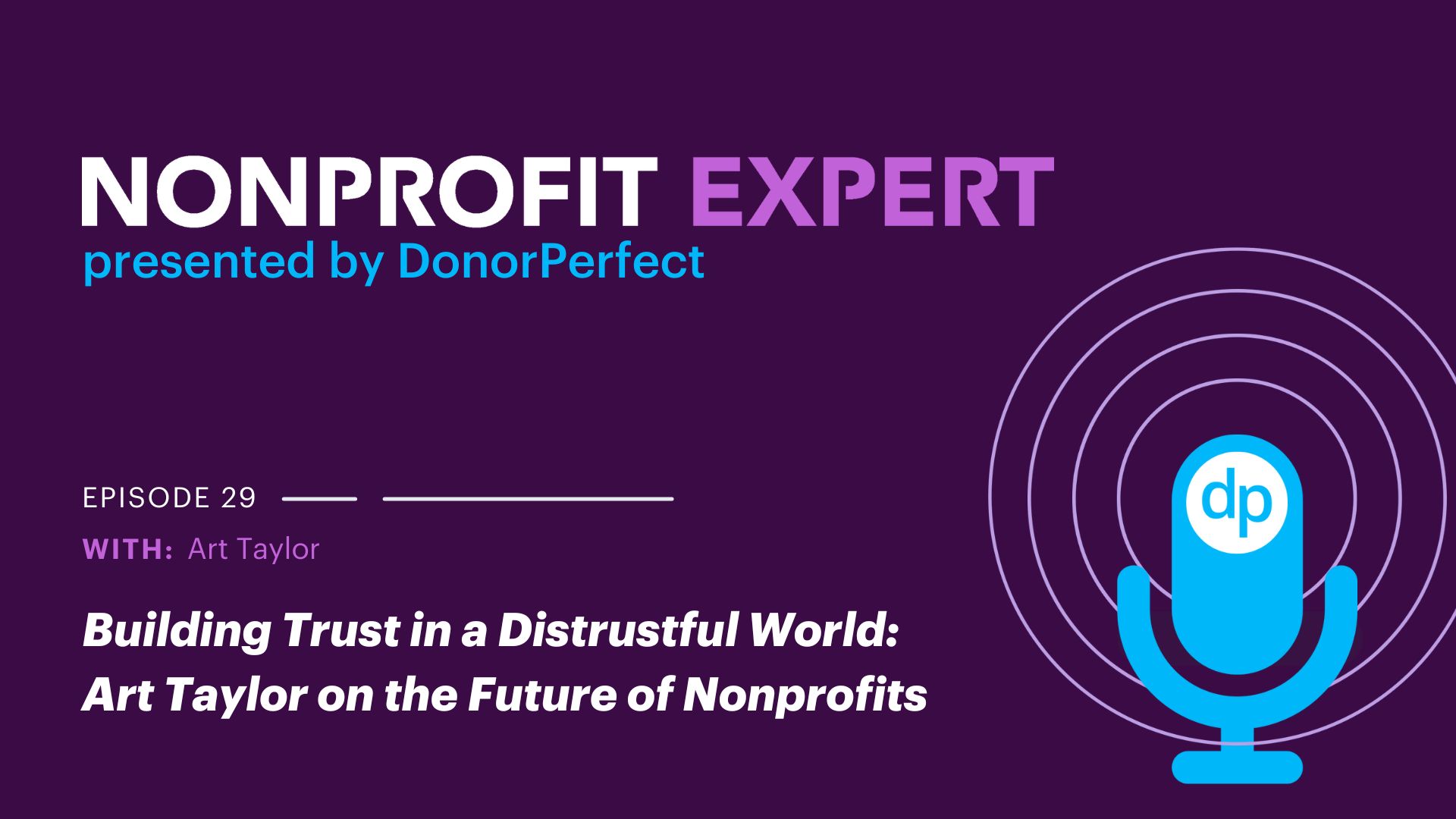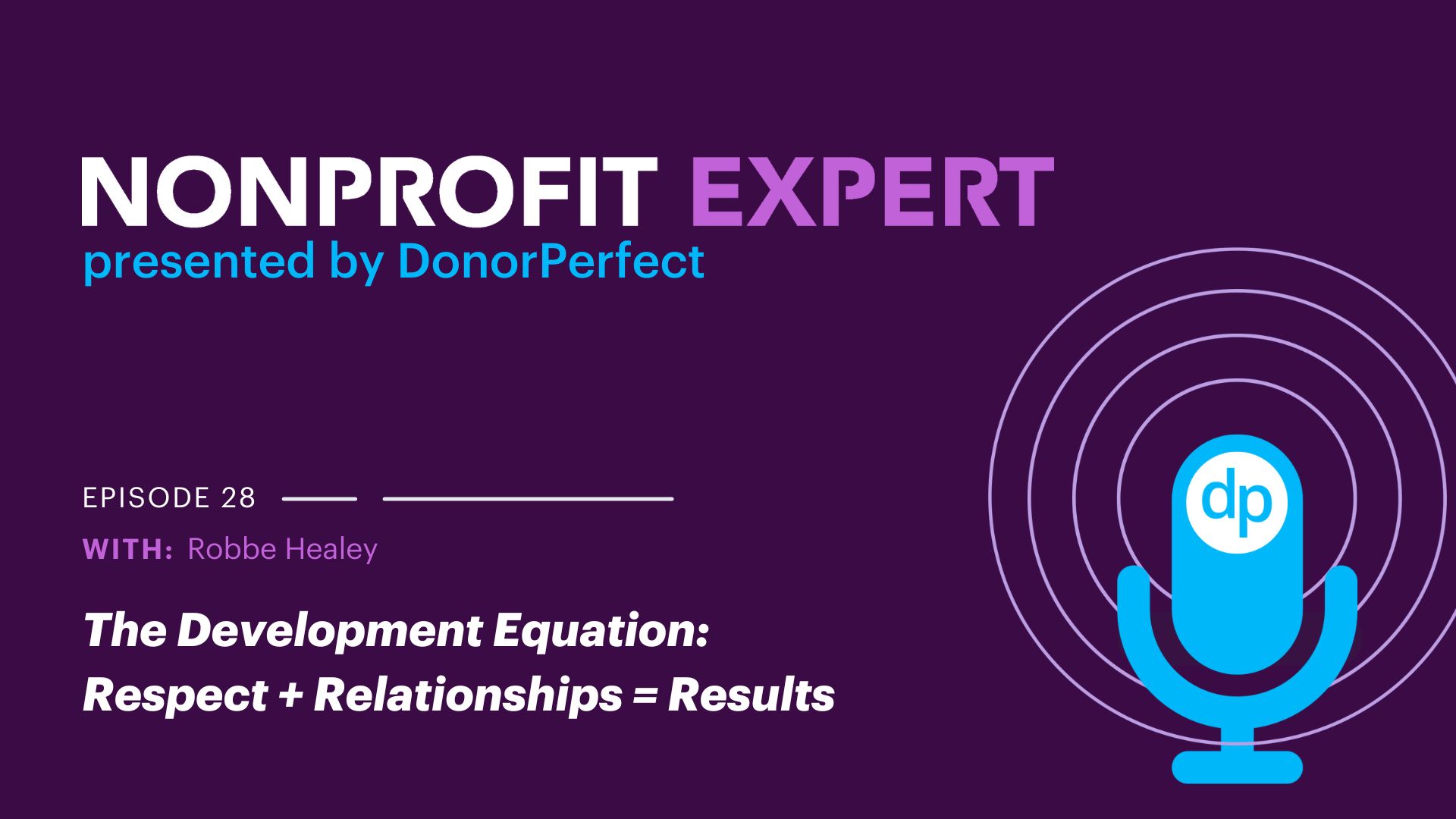Balancing workforce dynamics in today’s job market is a shared challenge for nonprofits and for-profits alike, where competitive salaries, benefits, and flexibility are non-negotiables. Limited resources can present even more obstacles for nonprofits.
A report from the National Council of Nonprofits shed light on this, revealing that salary competition remains a top barrier to nonprofit employee recruitment and retention. However, it also revealed offering learning and career development opportunities to be a crucial retention strategy.
Devoted to mission-related work, nonprofit staff possess invaluable dedication and a level of commitment, but it’s critical for them to perceive – and receive – an equal commitment from the organization.
Having dedicated many years working in the nonprofit world, I understand the challenges of wearing multiple hats and the expectations that come with that, yet at the same time being overlooked for development opportunities and training in both staff and leadership roles.
Let’s take a look at why nonprofits must prioritize continued education and explore ways to nurture and cultivate your team’s talent.
3 reasons to foster continuous growth
Investing in employee development is integral to securing the future success of your organization. Without growth and development, staff can become dissatisfied and are more likely to seek opportunities elsewhere.
1. High cost of employee turnover
Replacing a departing team member can incur expenses equivalent to half of their annual nonprofit salary. Beyond the financial aspect, there’s also the loss of institutional knowledge and a domino effect that can increase staff turnover.
2. Succession planning and future leaders
Staff development helps nonprofits groom future leaders. This strategic approach ensures leadership is aligned with your nonprofit’s long-term vision and values and allows employees to see a clear path for their growth within the organization.
3. Increased productivity
Well-trained employees not only understand their roles better but also contribute to more positive outcomes and feel empowered and fulfilled as part of an engaged workforce.
How to develop talent with limited resources
Whether through webinars, comprehensive guides, insightful books, dynamic presentations, enriching conferences, or interactive networking events, the avenues for professional growth are vast. Embracing the comprehensive variety allows individuals to tailor their learning experiences.
1. Promote a culture of learning
Emphasize learning and development as part of your organization’s culture. Develop a formal ongoing education and training program, ensuring every employee has and participates in opportunities.
Avoid using learning as a punishment, even if a team member is lacking in a particular area. Instead, let them amplify their existing interests and explore areas they want to know more about.
2. Personalize learning
Acknowledge that education looks different for adult learners. Adopting a one-size-fits-all approach won’t work. Allow employees to help shape their personal growth by involving them in the process. Conduct surveys or one-on-one discussions to understand individual preferences.

Tip: Try incorporating different learning elements: something they want, something they need, something they do (hands-on), and something they read.
3. Leverage internal opportunities
Get creative! Utilize internal expertise by inviting board members or staff with unique skills to share knowledge at staff meetings. These micro-learning sessions provide an opportunity for cross-collaboration, focus, and greater absorption.
4. Explore external resources
Look for free learning courses and events through local nonprofit associations, and tap into educational opportunities offered by vendors and fundraising partners.

Kickstart your employee development program by securing spots for your nonprofit professionals at the 2024 DonorPerfect Community Conference— an entirely free, virtual event designed to fuel your quest for knowledge. Connect with industry experts to gain invaluable tools that will empower your professional and organizational growth.
5. Lead by example
Prioritize professional development for yourself and your team by providing dedicated time and space for learning initiatives. Demonstrate the importance of continuous education and set the standard for a growth-focused environment.
Now is the time to take action
Continued learning is essential to retain employees in the nonprofit sector. Proactively advocate for an investment in staff training and development to leave a lasting positive impact, fostering trust and gratitude during their tenure, while also paving the way for possible ongoing support even after they move on. Who knows? Maybe they’ll continue championing your mission through your monthly giving program they’ve become so intimately familiar with.
Even though women represent about three-fourths of the nonprofit industry, it can be just as difficult for them to break through the glass ceiling as it is in male-dominated industries. If you’re not sure where to go from here, you’re not alone, and there are development resources geared toward your unique situation. DonorPerfect joined forces with professional women in the nonprofit space to create the Nonprofit Leadership Workbook for Women – an interactive tool to explore your next steps. Tell us a little bit about yourself below to receive your free copy!









